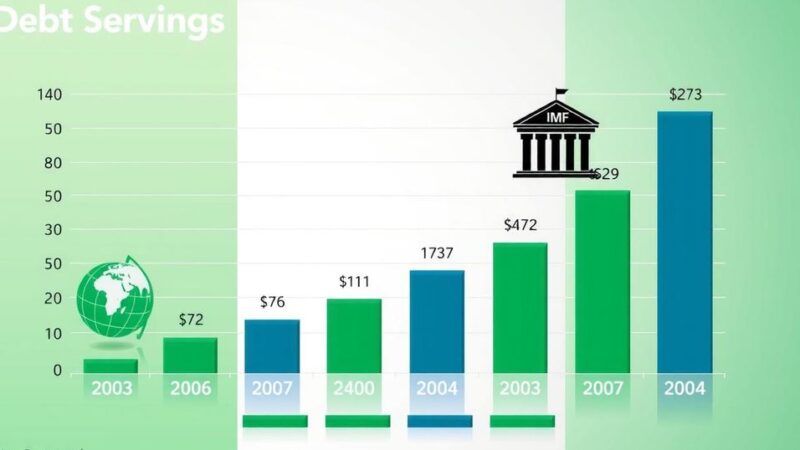Botswana Diamonds has employed AI technology to identify previously unreported kimberlite anomalies in its geology database, marking a significant breakthrough in its diamond exploration efforts. The company has applied for multiple prospecting licenses while also receiving a mining permit for its Thorny River deposit. John Teeling, chairman of the company, expresses confidence in the recovery of the diamond market amid challenges posed by the rise of lab-grown diamonds.
Botswana Diamonds (BOD) has announced that its recent investigation utilizing artificial intelligence (AI) has successfully identified previously unreported kimberlite anomalies. These anomalies are potential sources of diamonds, making their detection crucial for mining companies. Traditional prospecting methods often require extensive time and resources, which can lead to unfruitful outcomes, highlighting the significance of the AI technique employed in this project.
The application of AI technology on the geology database has expedited the diamond exploration process, enabling the company to assess its potential more efficiently and at reduced costs. Chairman John Teeling remarked that one of the identified anomalies is on land currently held by Botswana Diamonds, while three others are on open ground that the company has successfully applied to explore. One anomaly is notable for exhibiting numerous characteristics of a significant kimberlite discovery, located in the Jwaneng region, which is known for housing the world’s richest diamond mine. The company plans to conduct ground surveys to identify suitable drilling locations once the licenses are acquired.
Furthermore, the investigation has revealed various polymetallic targets that include copper, cobalt, silver, zinc, and gold. In pursuit of these opportunities, Botswana Diamonds has applied for 11 prospecting licenses over more than 7,000 square kilometers of open ground.
In a broader context, Botswana Diamonds has also received a long-awaited mining permit for its Thorny River deposit in South Africa, positioned near former mining sites. Mr. Teeling identified two significant events recently impacting the diamond industry: a decrease in retail sales due to cyclical fluctuations and a post-COVID increase in luxury product sales, alongside a rise in lab-grown diamonds. He expressed concern that this trend could bifurcate the market into two distinct segments: the lab-grown segment that emphasizes affordability and the premium segment that focuses on natural diamonds.
He illustrated this distinction through a metaphor, stating, “Comparing a 5-carat natural with a 5 carat lab grown is like comparing a Ferrari to a Ford Mondeo. Both excellent cars but one has the aura of rarity, aspiration and fashion. The other is a good car.” As global middle-class populations grow, there is an increasing desire for the lifestyle associated with luxury items.
Looking ahead, Mr. Teeling anticipated a recovery in the diamond market, forecasting a shortage of natural diamonds that would favor Botswana’s position within the industry. He stated, “This is a very active and exciting time for BOD. The AI analysis has been a great success. The board are looking at ways to advance our diamond projects and the new polymetallic projects,” highlighting the rush towards critical minerals that places BOD in a favorable position.
In conclusion, Botswana Diamonds has achieved significant progress through the utilization of AI technology, successfully identifying kimberlite anomalies that could potentially host valuable diamonds. The company is also expanding its operations with new prospecting licenses and has received a pivotal mining permit. Chairperson John Teeling remains optimistic about the diamond market’s recovery despite recent challenges and highlights the potential of both natural and polymetallic resources, reinforcing the company’s strategy moving forward.
Original Source: www.irishtimes.com






